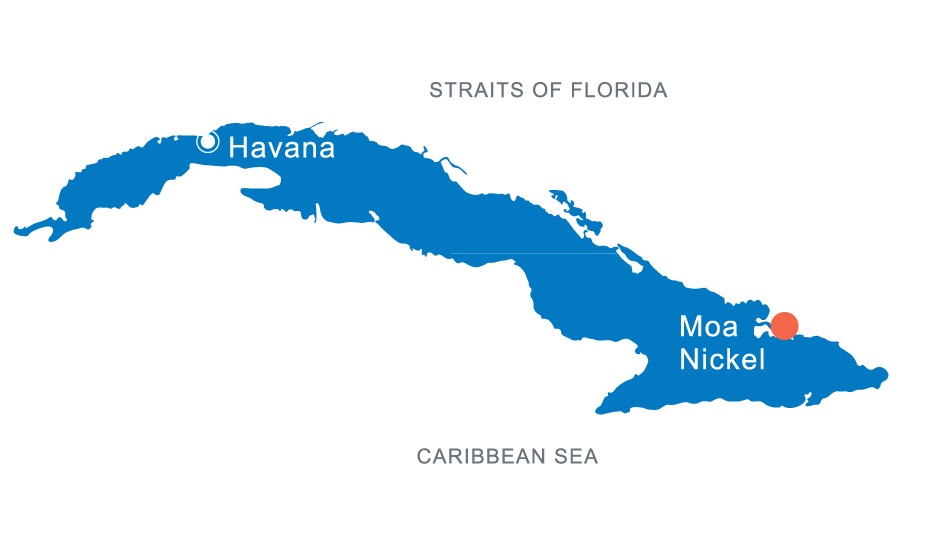
Tragedy struck Canadian company Sherritt (TSX:S) on Tuesday, with news that a bridge collapsed, killing four workers.
The employees were repairing a bridge that crosses a shallow river and links the port of Moa with the mine site and high-pressure acid leach facility. The bridge had suffered damage from Hurricane Matthew, a powerful tropical cyclone that recently ravaged the Caribbean and south-eastern United States. The workers, employed through the Moa Joint Venture, had been fixing the bridge, used by the local community, since the end of October.
“We are deeply shocked and saddened by this event. Our Moa JV had a safety record of a decade without a reported fatality prior to this event,” David Pathe, Sherritt International president and CEO, said in a statement about the accident. “We extend our sympathy and condolences to the families, friends and colleagues of the four employees.”
An investigation into the cause of the bridge collapse is underway. Meanwhile, the processing plant is operating at reduced rates, according to Sherritt.
Located in Moa, Cuba and Fort Saskatchewan, Canada, the Moa JV produces nickel and cobalt. Ownership of the JV is split 50-50 between Sherritt and General Nickel Company S.A. of Cuba.
Moa uses an open-pit mining process to mine lateritic ore, which is processed using high-pressure acid leaching into mixed sulphides containing nickel and cobalt. The mixed sulphides are then transported to Fort Saskatchewan, where they are refined into finished nickel and cobalt as well as a byproduct – ammonium sulphate fertilizer. Sherritt also has a 40% stake in a large Madagascar nickel mine – the Ambatovy Joint Venture – along with oil and gas and electricity interests.
The company has been operating in Cuba for over 20 years and is the Latin American nation’s largest foreign investor.